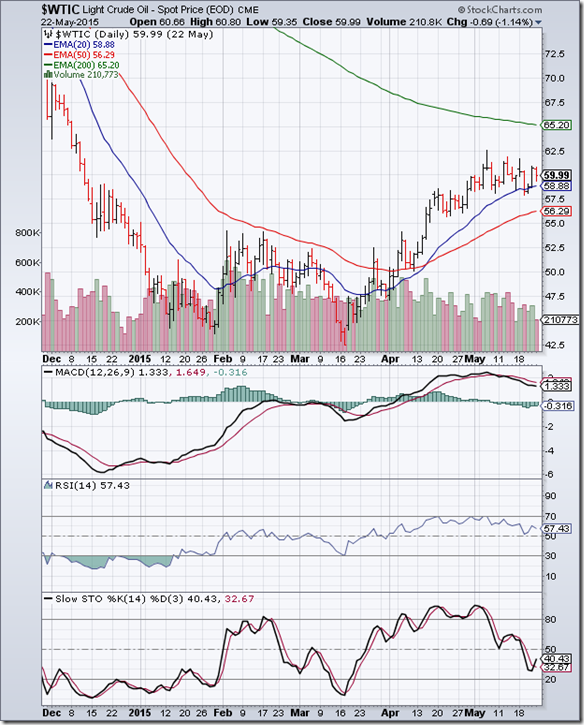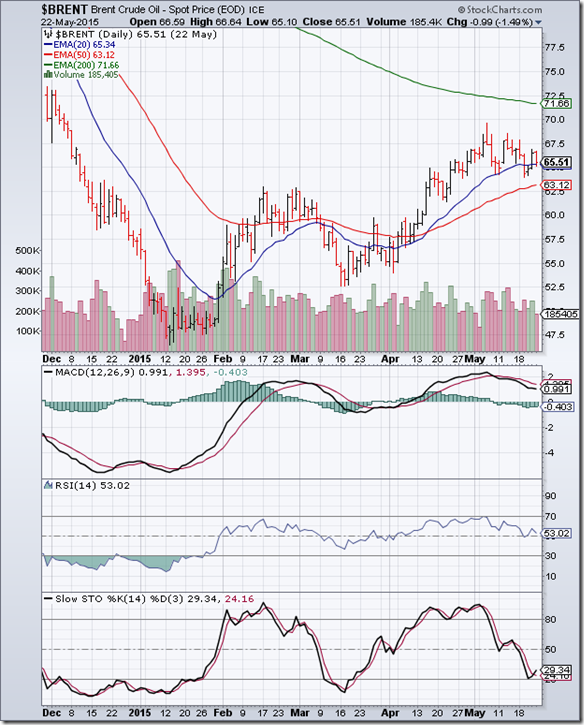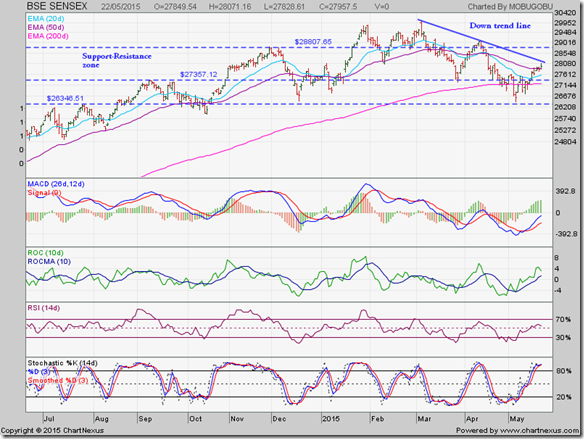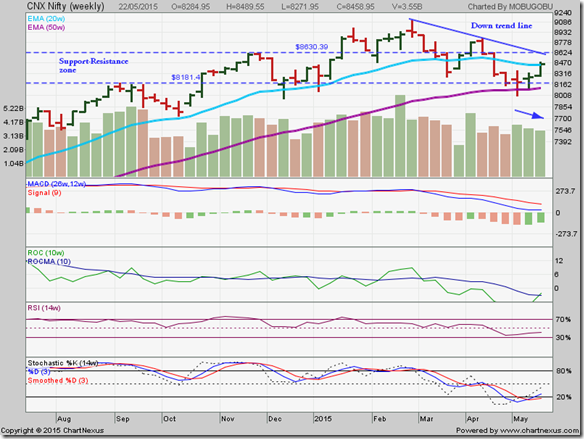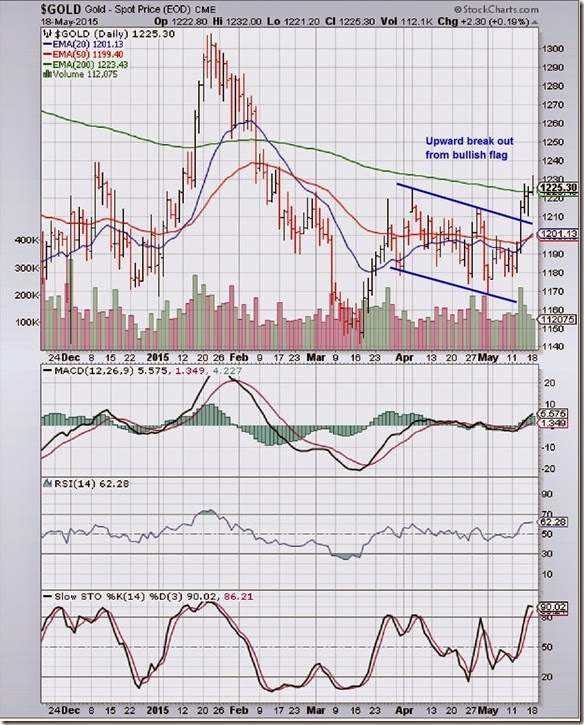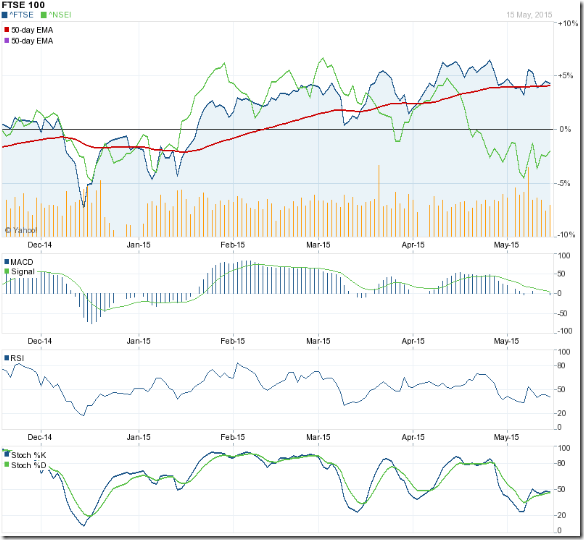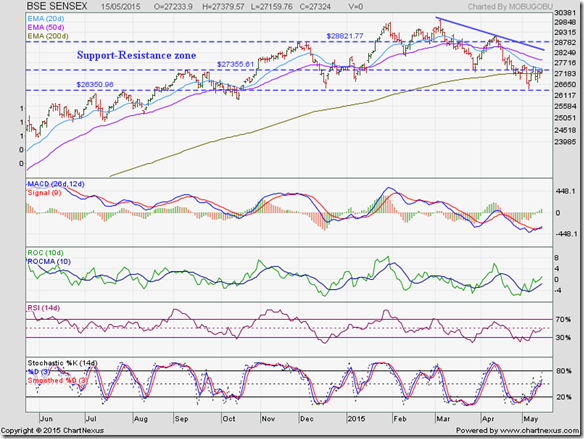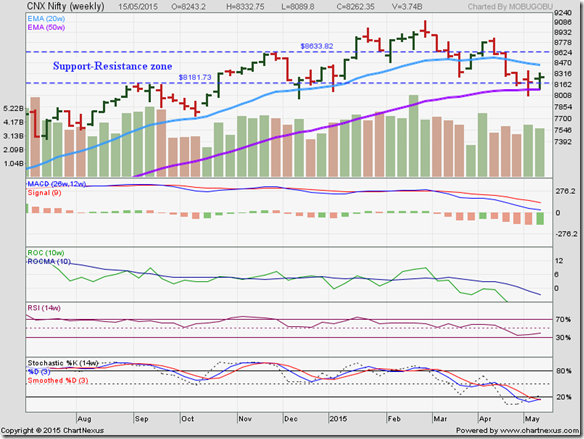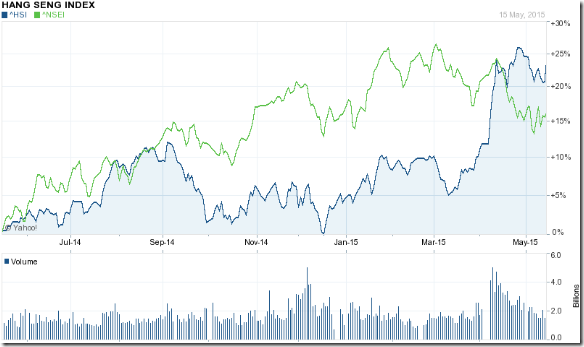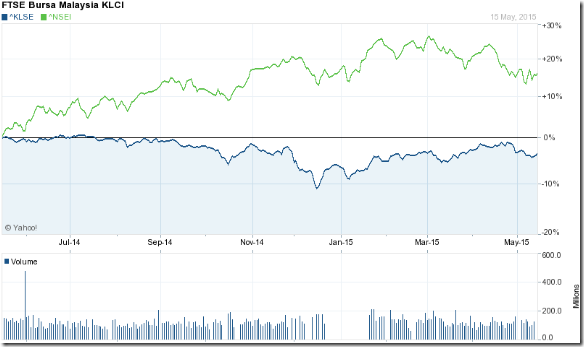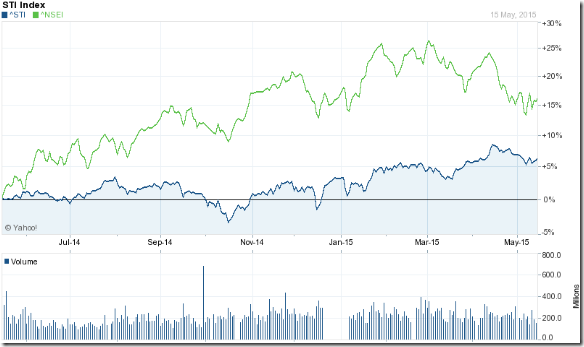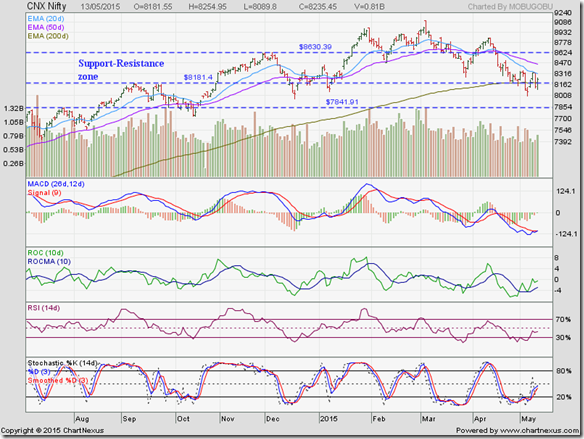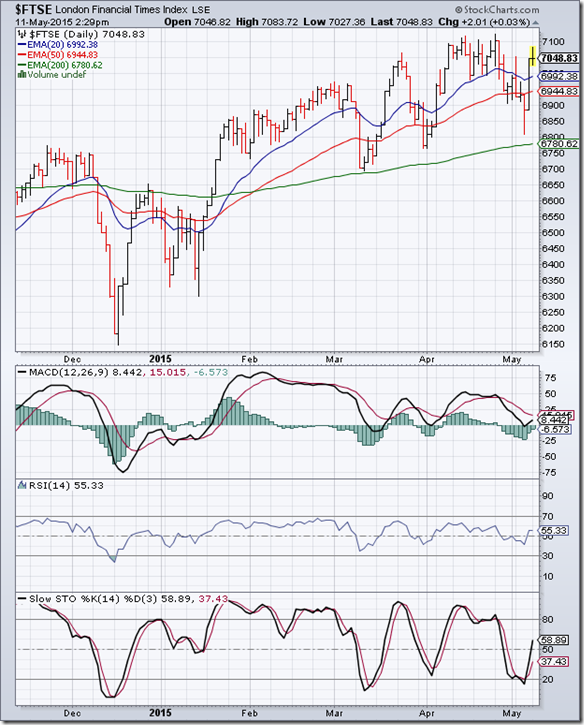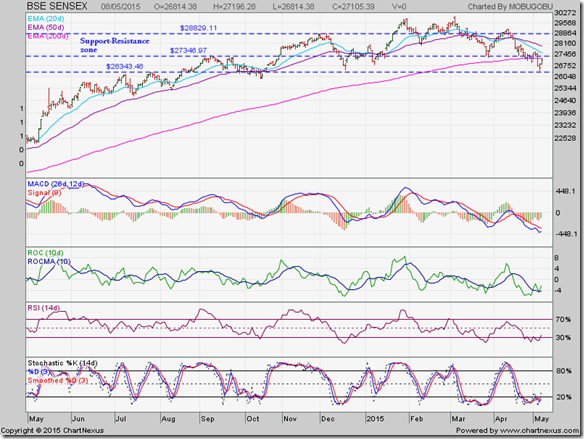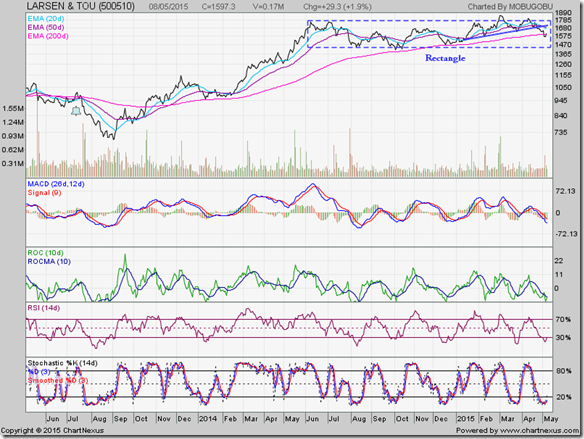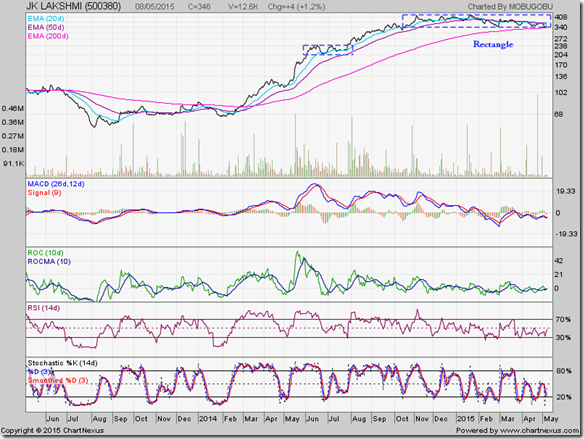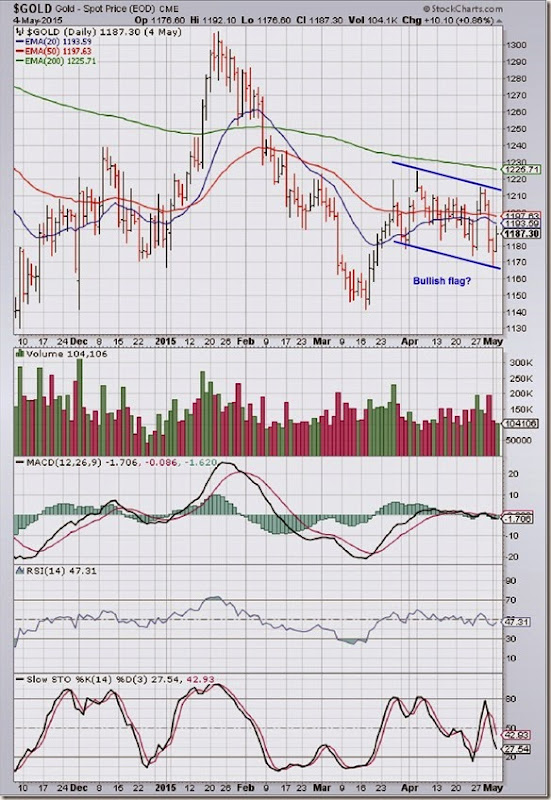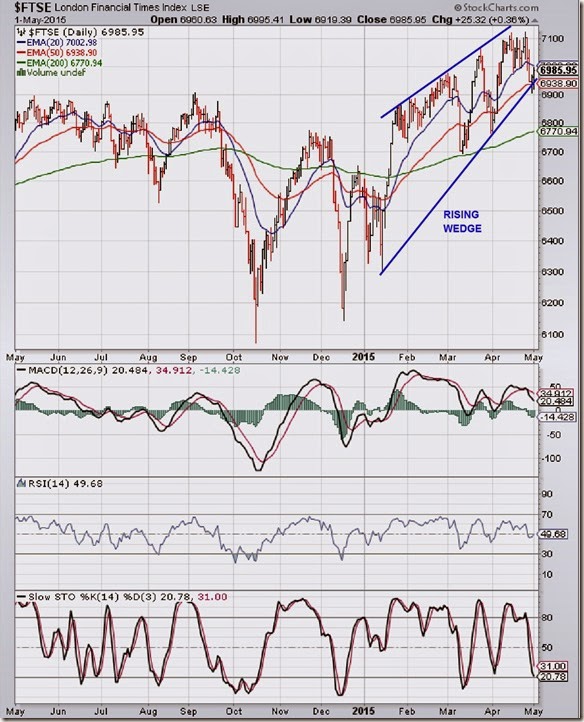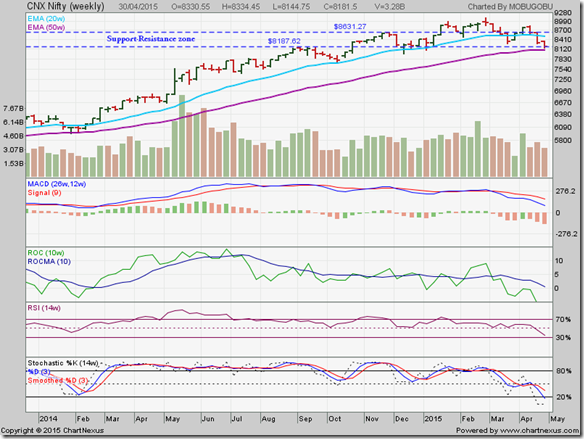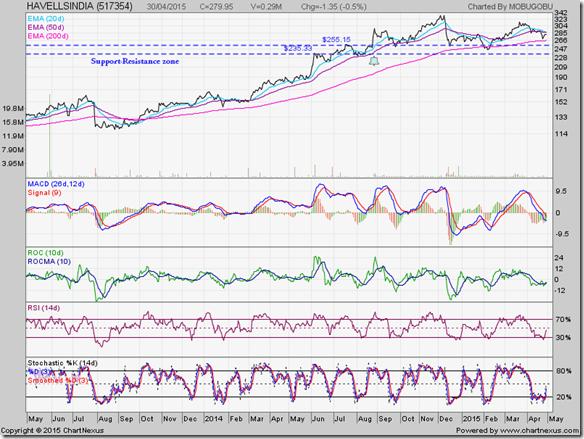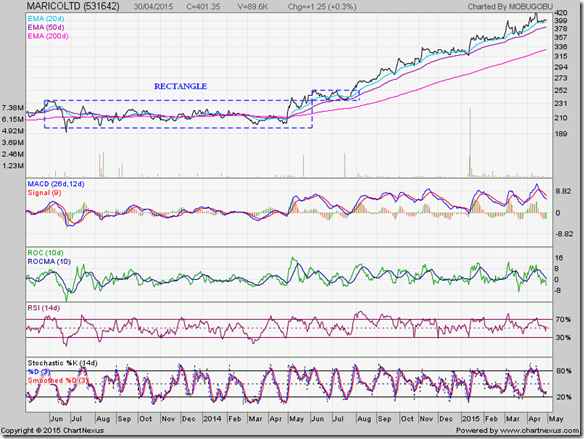-----------------------------------------------------------------------------------------------------------
The original Panchatantra was written some time during BC 100 and AD 500. A Pahlavi (Iranian) translation was made in the 6th century AD. An Arabic translation from the Pahlavi version in AD 750 became very popular in Arabic literature.
In the 11th century AD, the Arabic version was translated into Greek, Spanish and Hebrew versions. The Greek version was later translated into Italian, Latin and German versions. An English version was published in 1570.
Some claim that several of Aesop’s Fables were borrowed from the Panchatantra. Others claim the opposite – i.e. some of the Panchatantra stories have been borrowed from Aesop’s Fables. Whatever the actual origins, many of these old morality stories have relevance even today – like the story of the barber who killed the monks.
A wealthy merchant’s son had fallen upon hard times. He lived in his broken-down ancestral home with an old maid – who had nursed him during his childhood – as company. Every evening he would pray to God that his poverty be alleviated.
One night, he had a dream. Three monks woke him up to tell him that they would be visiting him the next day. They were actually the manifestations of three heaps of treasure stored away by forefathers of the merchant’s son.
The merchant’s son was to show no mercy and kill all three immediately – whereupon they would turn back into three heaps of money.
On waking up the next morning, he asked the old maid to clean the house properly and prepare the best meal possible from the meagre rations available. Some time later, a barber came to his home for the monthly trimming of his beard and nails.
Just when the barber had finished his trimming, the three monks of his dream walked in through the door. He killed all three at once and they immediately turned into three heaps of money.
From the piles of money, the merchant’s son gave a hefty amount to the barber as a bribe to keep him quiet. But the barber drew a hasty conclusion from what he had seen, and decided to kill three monks himself.
When three monks came begging to the barber’s house a few days later, the barber promptly killed them – but he got no treasure. The king’s guards came and arrested him and hanged him in public for his crime.
Moral of the story (for small investors in particular): Don’t get unduly influenced by stories of friends/relatives who have made a killing in the stock market in a short span of time. By trying to follow in their footsteps without adequate preparation, you may get killed instead.
You should not enter the stock market to make quick money. Stock market is a place where you can build wealth for the long-term. That will require patience, discipline, a plan and never forgetting what happened to the barber.


